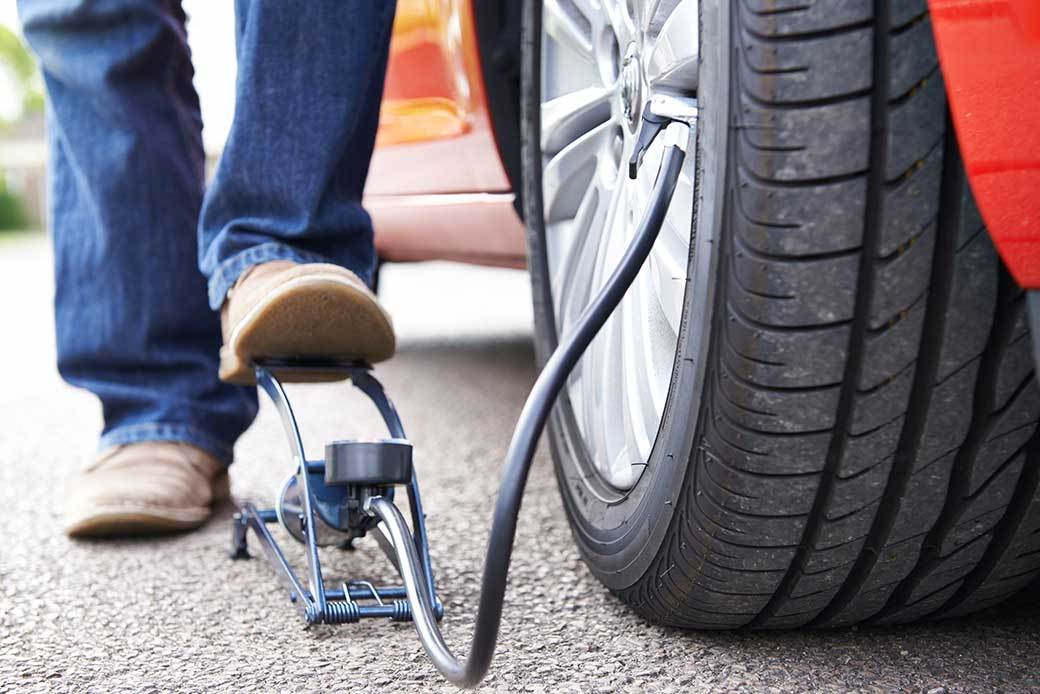Your car's tires play many valuable roles in the safety and function of your vehicle — from helping you navigate twists, turns, and stops like a pro to carrying the full weight of your car. That's why it's important to pay special attention to these essential components.
Fortunately, maintaining the proper tire pressure on your vehicle is one of the easiest yet most effective ways to care for your car tires. Learn how to check air pressure and inflate your tires with this helpful guide.
Underinflated tires can not only reduce fuel efficiency, but it can also run the risk of getting into an accident, losing proper steering control, damaging various components of your vehicle, and more. If you notice that your tire's air pressure levels have dropped, it's best to prioritize inflating them as soon as possible.
Checking your vehicle's tire pressure is a relatively simple task. You'll want to start by purchasing a tire gauge. These vary in price depending on the type you choose (i.e., digital, basic, etc.) but can usually be found for well under $40. It's also essential to keep a tire gauge on hand, as some gas station air hose gauges are not always accurate. Many modern cars and trucks also display the tire pressure for each tire on the dashboard. Once you have your tire gauge in hand, it's time to determine the proper pressure for your vehicle.
Find the correct inflation level. To do this, you can either look for the recommended pressure on the sticker within your driver's-side door jamb or consult your car owner’s manual. This is the tire pressure specification when the tires are cold, meaning not driven for a few hours.
Remove the valve stem cap from your tire. Some cars and trucks have green valve stem caps with an “N” on them - this means the tire is filled with nitrogen instead of air (air is mostly nitrogen). If your tires have these green valve stem caps, you can find some special stations that dispense nitrogen, but be aware that you can use normal air as well.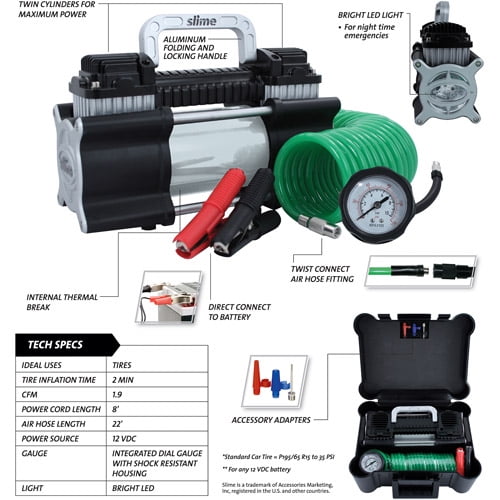 The inflation pressure specifications are the same regardless if the tire is filled with air versus nitrogen.
The inflation pressure specifications are the same regardless if the tire is filled with air versus nitrogen.
Connect your air pressure gauge to the tire’s valve stem until you receive a reading.
If the pressure level number seems unrealistic, remove the gauge and try again. This time, ensure that the indicator is connected firmly to the valve stem.
It's not always possible to tell if a tire is underinflated by giving it a quick once over. So, check your PSI levels with a gauge each month and after extreme temperature changes. You'll also want to check your pressure levels when your tires have had time to cool down since air expands within your tires while driving.
Filling your tires with air at a gas station is relatively simple. Bring your tire gauge and some spare change since some are coin-operated and are not always accurate in their pressure readings. Try to make this the first stop if you are running errands so that your tires are still relatively cool from sitting for a few hours.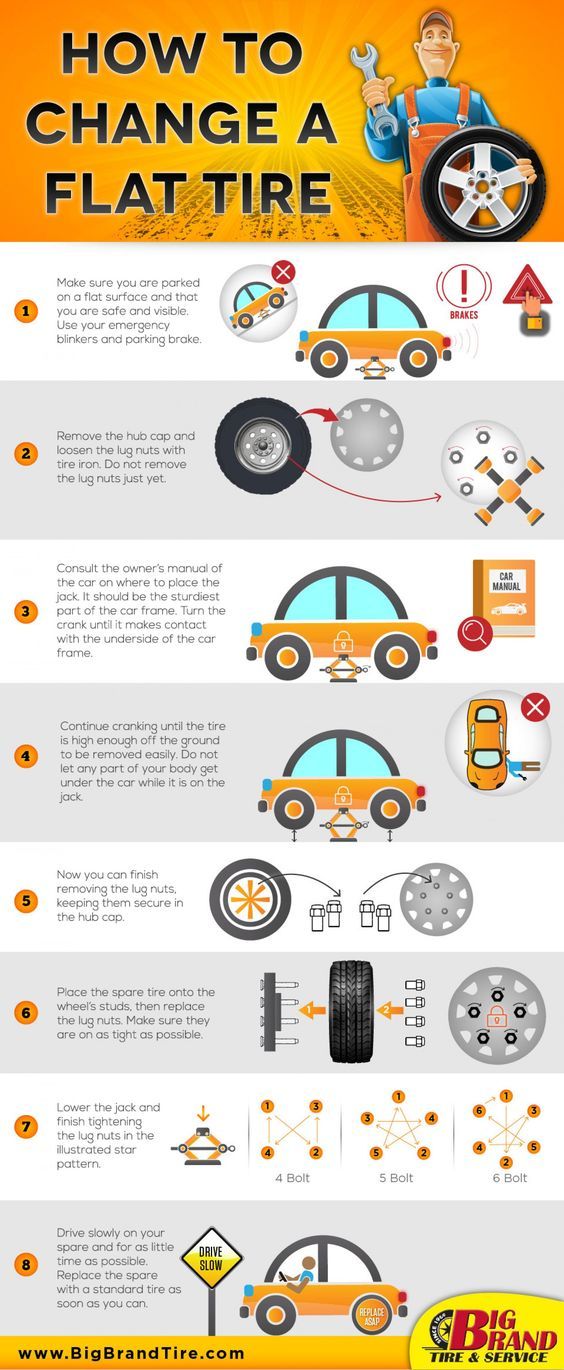 Then, follow these steps:
Then, follow these steps:

Can't find an air filling station near you or just want some help? Head to your local Firestone Complete Auto Care. We'll give you a free tire inspection and refill your tires free of charge. And if you need new tires, we've got you covered there too!
The recommended tire pressure is the pressure established by the manufacturer of your car as the optimal air pressure for your tires. Running your tires at the correct pressure is important because it keeps you safe, cuts down your gas bill, and makes your tires last longer. Each vehicle has its own specifications for tire pressure, but most fall
between 28 and 36 PSI (pounds per square inch).
Each vehicle has its own specifications for tire pressure, but most fall
between 28 and 36 PSI (pounds per square inch).
Be careful not to confuse the recommended pressure with the maximum pressure. The recommended pressure is the one you should use when filling your tires, and, as explained above, you can find on your doorjamb or in your owner’s manual. The maximum pressure, on the other hand, is usually stated on the sidewall of the tire itself in small print near the tire’s bead (where the rubber abuts the rim). This measurement is provided by the tire manufacturer rather than the car manufacturer and is the maximum amount of pressure the tire can safely withstand.
Your tires’ max PSI almost always exceeds the recommended pressure. It isn’t advisable to fill your tire to this pressure for everyday driving. At max PSI, your car does not handle as well, braking is impaired, and you could risk dangerous blowouts.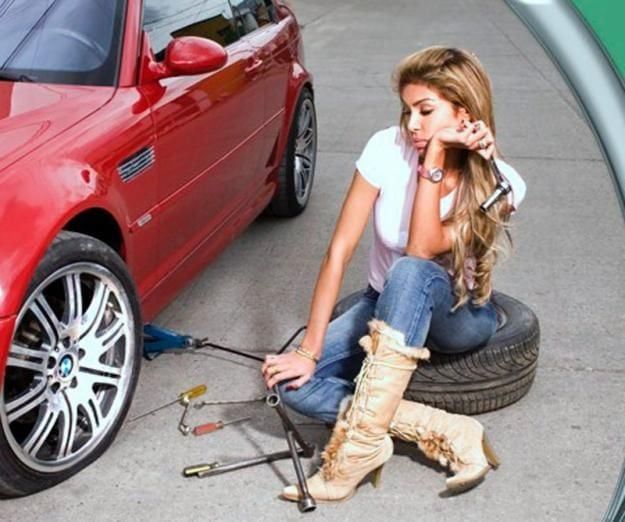 Over-inflation can also cause the center of your tire’s tread to wear out prematurely and reduce the lifespan of your tires. You may want to use the max pressure on a temporary basis if you are hauling especially heavy load or towing something.
Over-inflation can also cause the center of your tire’s tread to wear out prematurely and reduce the lifespan of your tires. You may want to use the max pressure on a temporary basis if you are hauling especially heavy load or towing something.
Most manufacturers do not state a minimum tire pressure, per se. The recommended value is the amount of air that a tire needs for a car to handle properly and safely, and anything under that value is not recommended, so functionally the optimal value is also the minimum. Under U.S. law, vehicles are required to be equipped with tire pressure monitoring systems (TPMS) that warn the driver when tire pressure falls below 25 percent of the recommended PSI. This is considered severe under-inflation, but less drastic pressure drops are still considered moderate or mild under-inflation, and they and can still have negative consequences.
If your tires are inflated to a pressure that is below the recommended PSI (as shown in the manual or on the driver’s side doorjamb), your car will not operate safely. Under-inflation can cause the tire to heat up excessively, which can make the tread pull away from the body of the tire. If this happens on the highway, it could lead to a blowout and a serious accident. There are also financial reasons for making sure your tires aren’t under-inflated. A low tire has more rolling resistance, which means the car has to work harder to move down the highway and consumes more fuel. Well-inflated tires are going to save you money at the pumps. Low tires also wear more quickly and unevenly, so you will have to replace them more often.
Under-inflation can cause the tire to heat up excessively, which can make the tread pull away from the body of the tire. If this happens on the highway, it could lead to a blowout and a serious accident. There are also financial reasons for making sure your tires aren’t under-inflated. A low tire has more rolling resistance, which means the car has to work harder to move down the highway and consumes more fuel. Well-inflated tires are going to save you money at the pumps. Low tires also wear more quickly and unevenly, so you will have to replace them more often.
A tire pressure monitoring system (TPMS) uses either a direct sensor inside your valve stem or a combination of both software and other existing sensors in your vehicle to let you know when your tire pressure is outside of a safe range of pressures. If the pressure falls below the legally specified limit (25% of recommended pressure) an indicator light shaped like the letter U with an exclamation point inside it (representing the cross-section of a tire) will light up on the dashboard. When you see this TPMS light on you should immediately check your tire pressure and make any necessary adjustments.
When you see this TPMS light on you should immediately check your tire pressure and make any necessary adjustments.
If you have further questions about tire pressure or any other aspects of your tires, find your nearest tire dealer to get some advice.
What should be the optimal pressure in car tires. What to do if less or more than the nominal. How much to “pump” and how to do it correctly - with or without a load. Should it be different in winter or summer?
The wheel of a car with normal air pressure is in full contact with the road surface. There is a uniform wear of the profile and a better grip is provided. If the pressure is reduced, then the tires will hum, when pumped - whistle.
It becomes more difficult to control the car on the road, it will bounce in the pits. In overinflated tires, the tire becomes hard and the grip surface is significantly reduced. It can be damaged by a sharp hole, besides, the tread wears unevenly on an overinflated tire, its service life decreases, and driving comfort decreases.
In overinflated tires, the tire becomes hard and the grip surface is significantly reduced. It can be damaged by a sharp hole, besides, the tread wears unevenly on an overinflated tire, its service life decreases, and driving comfort decreases.
The main disadvantage of overinflated tires is that they increase the stopping distance of the car. This is due to the smaller area of contact with the road surface. They are more sensitive to steering control, but increase the stability of the car in corners. For this reason, the pressure in the tires of sports cars is higher than usual. Also, when the car is fully loaded, manufacturers advise to pump up the rear wheels a little (by 0.2 - 0.3 bar).
The fuel consumption of the car will increase, and the tires wear out faster. In addition, the angle of inclination of the wheel changes, while the internal structure of the tire is weakened, because.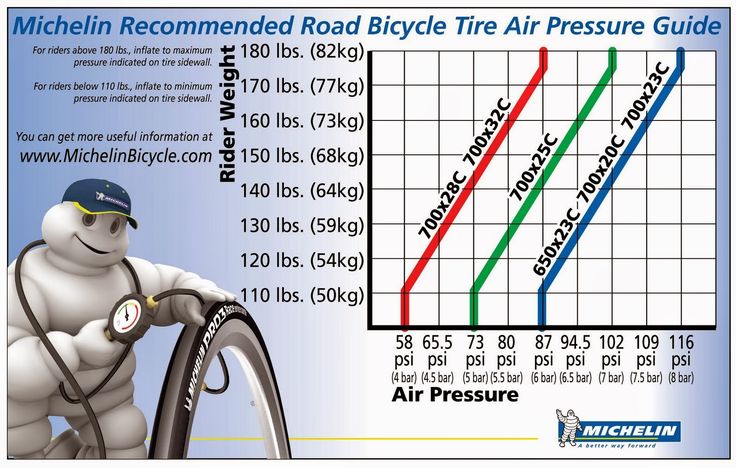 the center of the tire is slightly pressed upwards. Optimum transmission of force to the road is carried out only by the edges of the tire.
the center of the tire is slightly pressed upwards. Optimum transmission of force to the road is carried out only by the edges of the tire.
Low pressure increases the internal temperature of the tire, which increases resistance. This leads to its complete destruction. As a result, fuel consumption increases by up to 5%, and tire wear by 25%.
If a driver drives 20,000 km per year on uninflated tires, he will need an additional 540 liters of petrol per year. The car is less stable in corners, has a longer braking distance, and the wheels are less steerable, which can lead to a skid.
Each car model has its own nominal tire pressure in winter and summer. It is written on a sticker that is attached to the inside of the door on the driver's side, on the glove box lid, on the back of the gas tank hatch, in the spare wheel niche. When pumping up the wheels, be guided by this particular figure. They can also be found in the vehicle's owner's manual.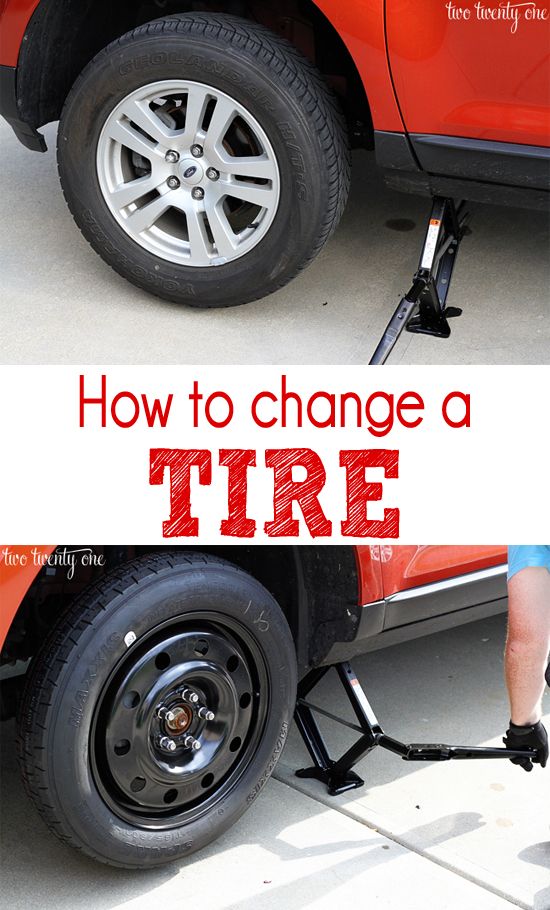
Normal tire pressure in a modern car is in the range of 2 to 3 bar. You need to check it before the trip, when the tire is cold. When the car is moving, due to the friction of the wheels with the road, the temperature rises, the pressure increases. To find out the optimal value, you need the car to stand for several hours, and preferably all night.
At negative air temperature, for every 10°C relative to zero, the pressure drops by 0.1 bar. In hot weather it rises. 1 bar is approximately equal to 14.5 psi, 0.9896 atmospheres or 1 kg/cm2.
Do not inflate to the pressure indicated on the tire. This figure indicates the maximum value that the tire can withstand. Read more in the article about marking and designations. Also pumping with nitrogen - does not give any advantages.
Check the pressure with a pressure gauge. It is tightly inserted into the open nipple. If you hear a whistling sound, it means air is escaping from the tire.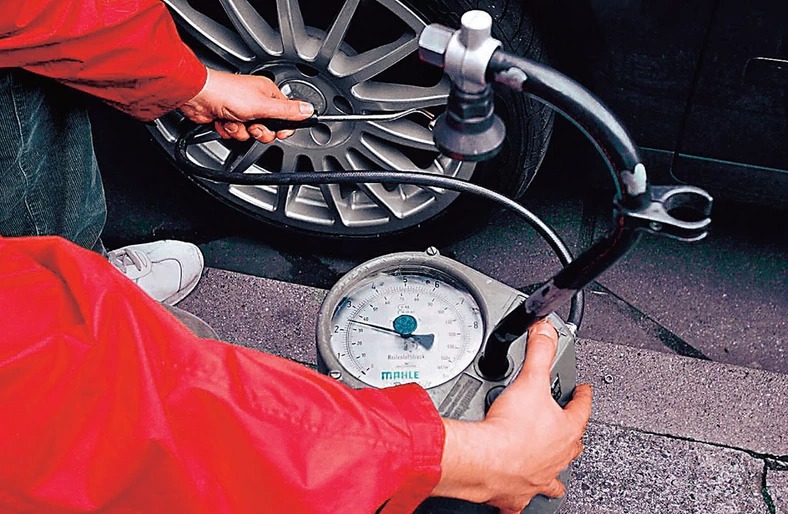 Firmly press or screw the pressure gauge into the nipple until the end.
Firmly press or screw the pressure gauge into the nipple until the end.
It turns out that it is impossible to accurately set the pressure in the wheel using compressor pressure gauges. After all, any valve (nipple) is an obstacle to the air flow. This is easy to check for yourself on a completely flat car tire. If you insert a pressure gauge in the first second of compressor operation, it will show a pressure of at least 0.4 bar. But as the tire is inflated, this error decreases.
How to correctly inflate the car wheel. If you “pump up” a little more, then you get a different result in all wheels, because. Different valves create different back pressure. Therefore, the surest way is to pump up to a obviously higher pressure, for example, 0.2-0.3 "atmosphere" more. Then check the actual pressure with a pressure gauge, bleeding the tire if necessary.
When the pressure is lower than recommended, you can pump up the wheel with a compressor.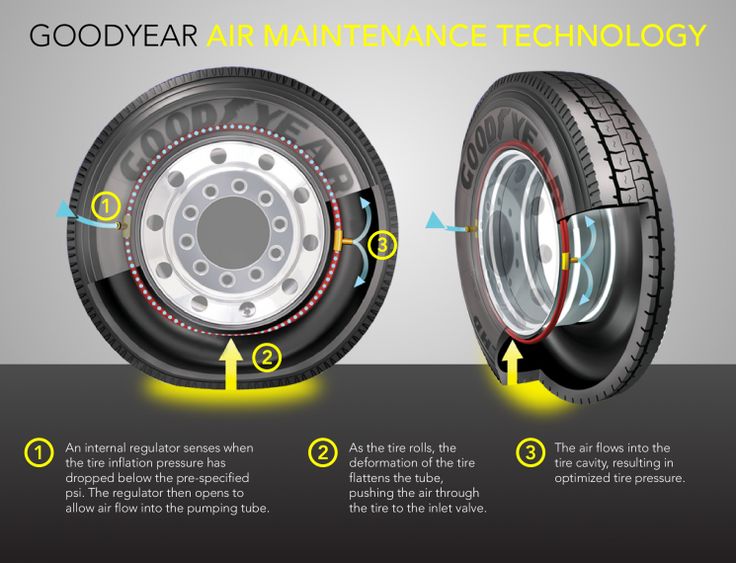 If you accidentally pumped over, then press the nipple, and the air will begin to come out back. When you take out the nipple, the air can bleed a little - it is recommended to pump the wheel a little, by 0.1 atmosphere.
If you accidentally pumped over, then press the nipple, and the air will begin to come out back. When you take out the nipple, the air can bleed a little - it is recommended to pump the wheel a little, by 0.1 atmosphere.
Photo: Shutterstock
adv.rbc.ru
See also
Tires are the only vehicle element that is in constant contact with the road. One of the main indicators of their serviceability is pressure. It affects not only fuel efficiency, but also safety.
As a rule, car manufacturers recommend maintaining tire pressures between 2.0 and 2.8 atm. But in practice there are situations when it is necessary to deviate from this norm.
adv.rbc.ru
Tire pressure should be checked at least once a month, there are several ways to do this. We understand why it is so important to observe the optimal pressure indicator and what it affects.
In this story:
Tire pressure is the resistance with which air "presses" on the inner area of the rubber. Properly inflated tires will last longer, give you better ride quality and improve your driving safety. If the pressure in the tires is too low or they are pumped over, then the car owner runs the risk of facing a number of problems: from buying new tires to the threat of an accident.
Properly inflated tires will last longer, give you better ride quality and improve your driving safety. If the pressure in the tires is too low or they are pumped over, then the car owner runs the risk of facing a number of problems: from buying new tires to the threat of an accident.
Properly inflated tires will last longer (Photo: Global Look Press)
Under-inflated tires are tires that are below the recommended pressure. In this case, the contact patch of rubber with the road increases, which leads to increased friction or rolling resistance. A worn out outer edge of the tread can visually give out such a problem.
Increased friction with the road can cause the tire to overheat, slip and even burst. In addition, low tire pressure leads to:

When tires are over-inflated, that is, above the manufacturer's recommended rate, the contact patch decreases. As a result, the main friction with the road is taken over by the central part of the tire.
Excessive tire pressure leads to excessive sensitivity to road irregularities and the risk of tire damage, even destruction. Overinflated tires also cause the following:
Auto expert, international master of sports in motorsport Tatyana Eliseeva comments
For flat tires:

For overinflated tires:
Excessive tire pressure leads to excessive sensitivity to road irregularities and the risk of tire damage (Photo: Shutterstock)
The manufacturer sets its own optimal tire pressure for each car model. This indicator depends on the mass of the car, the speed of operation, the number of passengers (partial or full boarding), as well as the load on the trunk [1].
The recommended tire pressure can be found in the vehicle owner's manual or on one of the plates/stickers in the passenger compartment. They can be:
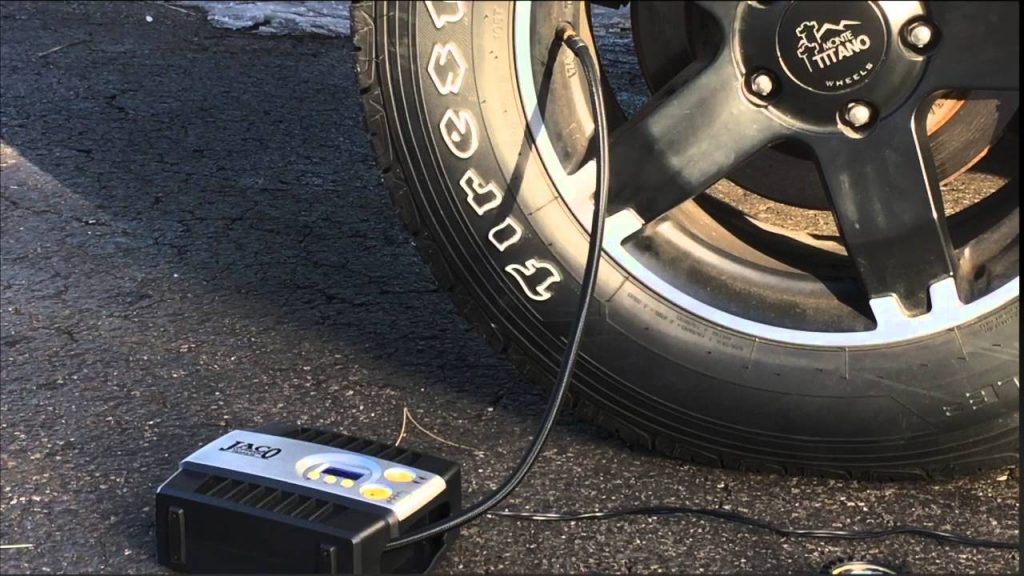
Tire pressure is measured in several units. In Russia, they usually indicate in kg / cm 2 (or atmospheres) and bars (bar). These two indicators are almost equal, which is why they are often used as synonyms:
Foreign models often use pounds per square inch (pound per square inch), or psi:
For convenience, car manufacturers can indicate pressure in two units at once - bar and psi. Thus, the need to independently calculate according to the formulas disappears. Otherwise, you can do this in one of the online calculators or check the table of popular values.
| 2.0 bar | 2.1 bar | 2.2 bar | 2.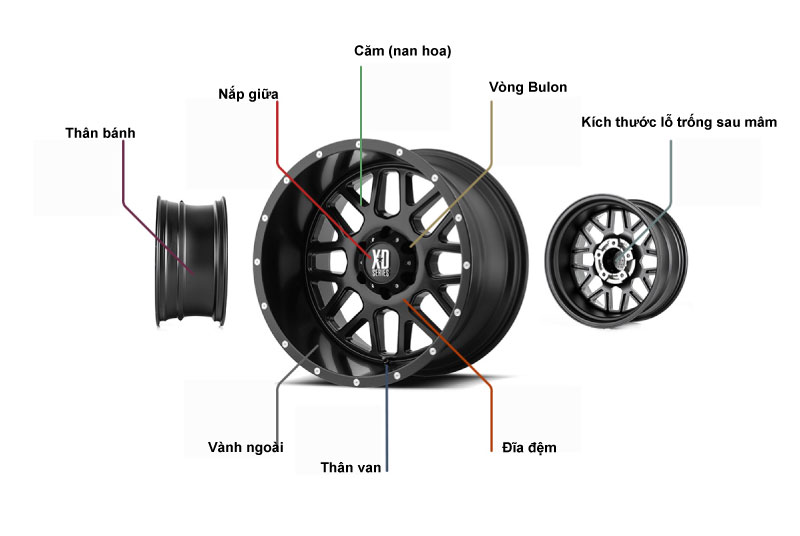 3 bar 3 bar | 2.4 bar | 2.5 bar | 2.6 bar | 2.7bar | 2.8 bar |
| 29psi | 30psi | 32 psi | 33 psi | 35 psi | 36 psi | 38 psi | 39psi | 41 psi |
Temperature has a significant effect on tire pressure: when it drops, the pressure in the wheels decreases with it. When the temperature drops by 10 °C, the tire deflates by an average of 0.07–0.14 bar or 1 to 2 psi [2].
Temperature has a significant effect on tire pressure (Photo: Shutterstock)
Summer tires typically use manufacturer's recommended readings. But in winter, it is advised to add about 0.2 bar to these figures [3].
Experts also recommend checking and correcting tire pressure at outside temperature. In the cold season, swapping is best done not in a warm garage, but on the street. In summer, before such a manipulation, you should make sure that some of the wheels of the car were not under the scorching sun, while others were in the shade.
Sometimes the tire pressure needs to be adjusted according to the situation. For example, when the machine is fully loaded or a trailer is towed. For such cases, automakers, as a rule, separately indicate the optimal pressure.
But there are moments that fall into the category of extreme and non-standard (especially if before that the car most often drove around the city). Automotive expert Tatyana Eliseeva analyzed the most common of them.
Causes tires to heat up, especially in summer, so the manufacturer's recommendations should be followed before such a trip.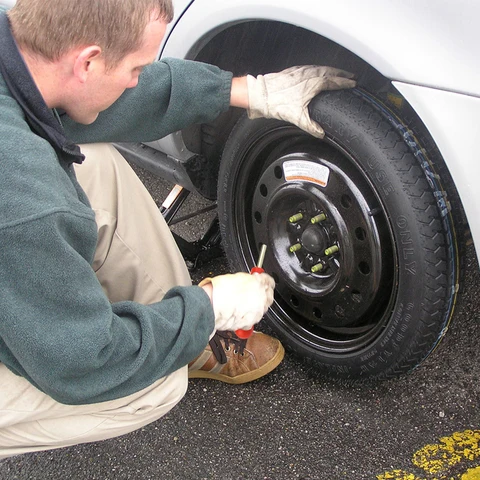 We do not know what we will meet: patched road repairs or heavy rain. After all, for each of these situations, the recommendations will be opposite. Athletes can play with pressure when track conditions are known and engineers can always change the settings. For a long journey, the layman just needs to choose the average.
We do not know what we will meet: patched road repairs or heavy rain. After all, for each of these situations, the recommendations will be opposite. Athletes can play with pressure when track conditions are known and engineers can always change the settings. For a long journey, the layman just needs to choose the average.
Tires must be bled off, especially on sand. The question is for how much? You can bleed up to 0.7 atm, but a not very experienced motorist can slip the wheels with an inaccurate movement, and if the driver turns the steering wheel sharply (for example, trying to catch on the edge of the track), then the tire can come off the disk. And such cases occur regularly.
At near-zero temperatures on packed snow, ice or sludge for new wheels (velcro or studded) it is better to pump the wheels a little so that water and sludge are squeezed out of the central zone of the contact patch and the tread is better have worked.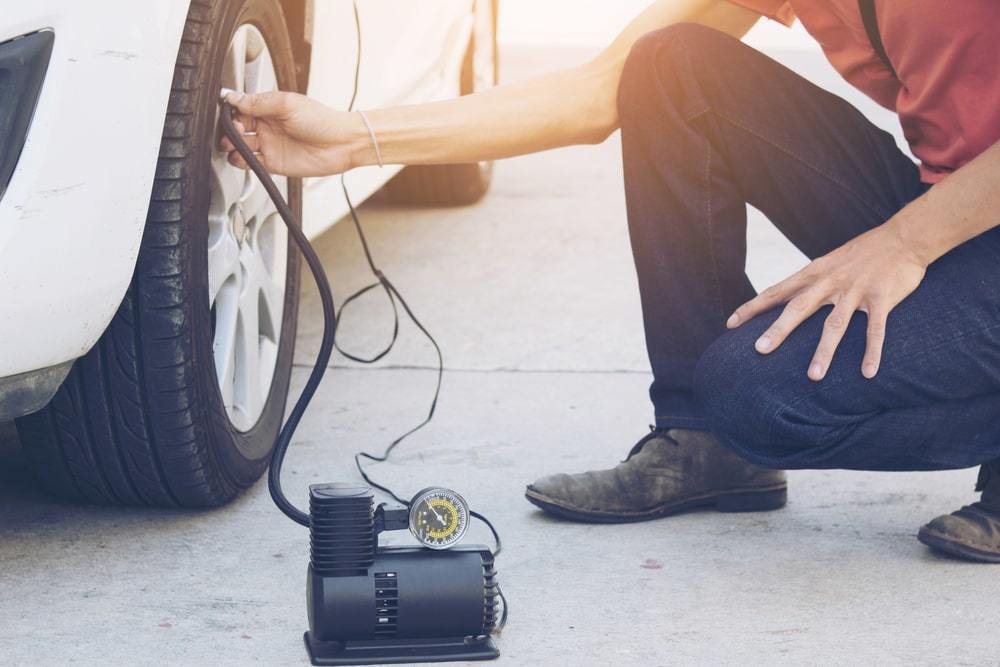 The wheel must be cleared for the tread to work. When it is clogged with snow, the braking distance and traction deteriorate greatly.
The wheel must be cleared for the tread to work. When it is clogged with snow, the braking distance and traction deteriorate greatly.
If the car has worn wheels, but with an acceptable tread depth for winter tires (4 mm), then you should not hope for the correct operation of the tread. Such a low checker no longer pushes the snow. In this case, it is necessary to reduce the pressure in the wheel, thereby increasing the same contact patch.
Photo: Global Look Press
On a country road, the weight of the machine will be an important factor. In this case, we select the pressure according to the load - specific indicators must be viewed on the central pillar of the body. There you will see something like the following recommendation: the more the car is loaded, the higher the pressure in the rear wheels should be.
But a badly broken road can lead to herniations, ruptures and tire damage. Therefore, if we increase the pressure, then we drive on a bad road as calmly and measuredly as possible.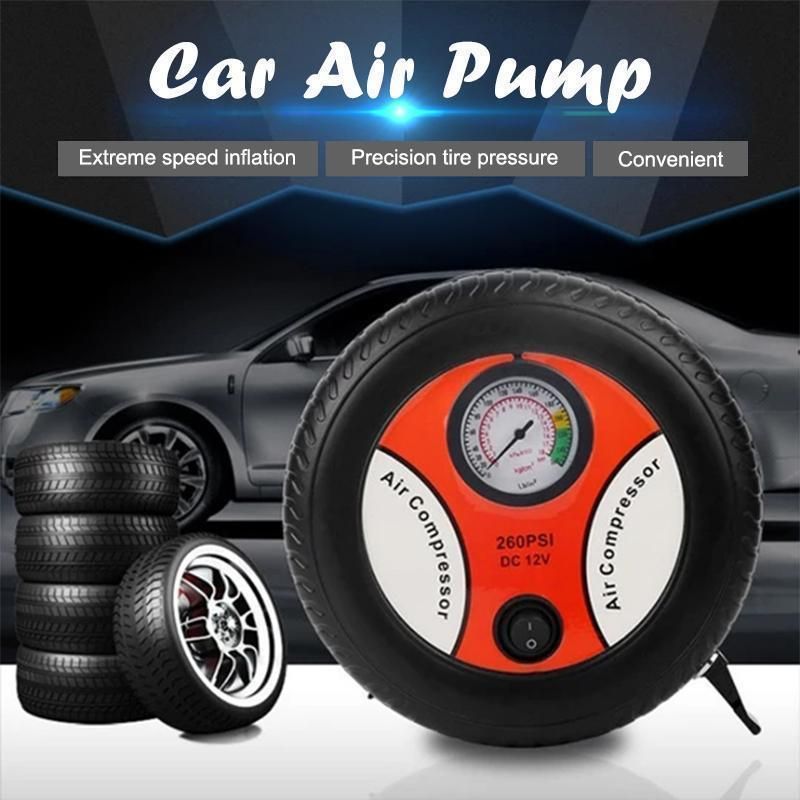 Or we slightly deviate from the manufacturer's recommendations and raise the pressure not as much as the manufacturer recommends.
Or we slightly deviate from the manufacturer's recommendations and raise the pressure not as much as the manufacturer recommends.
The main factor in changing the behavior of the wheel is not the pressure difference at altitude, but the presence of a large number of tight turns and long braking. The tire will heat up not only from the loads, but also from the operation of the brake mechanisms. Therefore, the idea that due to low pressure it is necessary to increase the pressure in the tires is wrong, because the temperature of the wheel has a much greater influence in this case.
The recommended pressure is always given when the tires are cold. This means that the vehicle has not been driven for three hours or has traveled less than 1 mile (or one mile).
There are two ways to check tire pressure: on your own or at a workshop. In the first case, it is enough to use a public pump at a gas station or purchase a pressure gauge. This tire pressure measuring device comes in three types:
This tire pressure measuring device comes in three types:
Another option is to install special pressure control caps on each nipple. Such a gadget works as follows: the upper part of the cap is transparent and, depending on the level of pressure, an indicator of three colors appears in it. Green - the pressure is normal, yellow - the tire is flat, red - the pressure has exceeded the norm.
Photo: Shutterstock
The easiest way to monitor tire pressure is with the automatic TPMS (Tire Pressure Monitor System). Today it is installed on almost all models, and in some countries its presence is a prerequisite for releasing a car from the assembly line.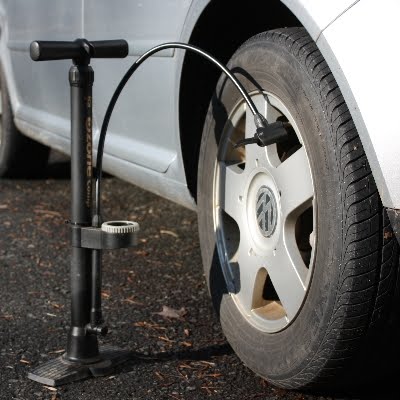
In these systems, the electronics automatically detect changes in the tire, and if the pressure drops below the recommended value, a warning signal lights up on the on-board computer screen.
There are two types of TPMS:
Car manufacturers recommend checking tire pressure every two weeks, but at least once a month. Indeed, even under ideal conditions (for example, the car is idle for a long time), the wheels lose approximately 0.069bar, or 1 psi, per month [4].
The pressure should be monitored before and after a long trip, during a sudden change in temperature (for example, during the first frost or warming), and also after changing tires or driving with a load.